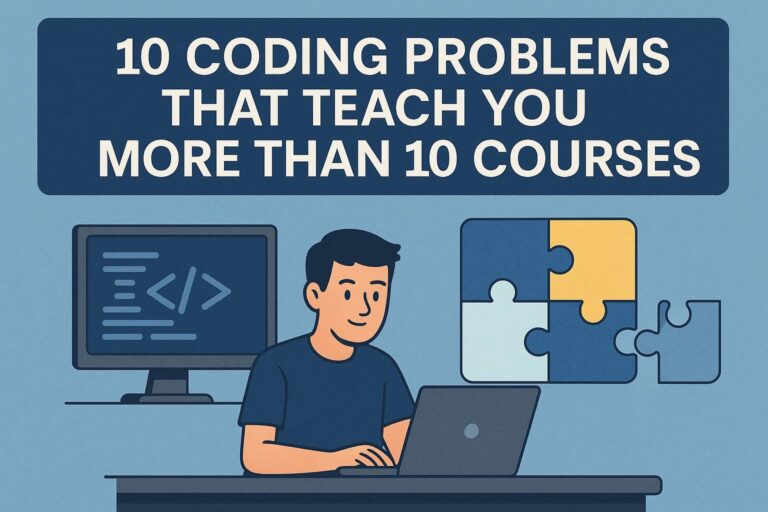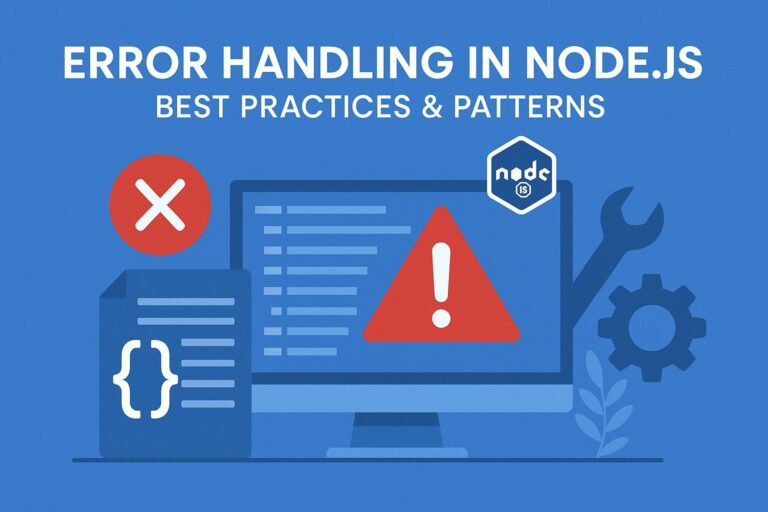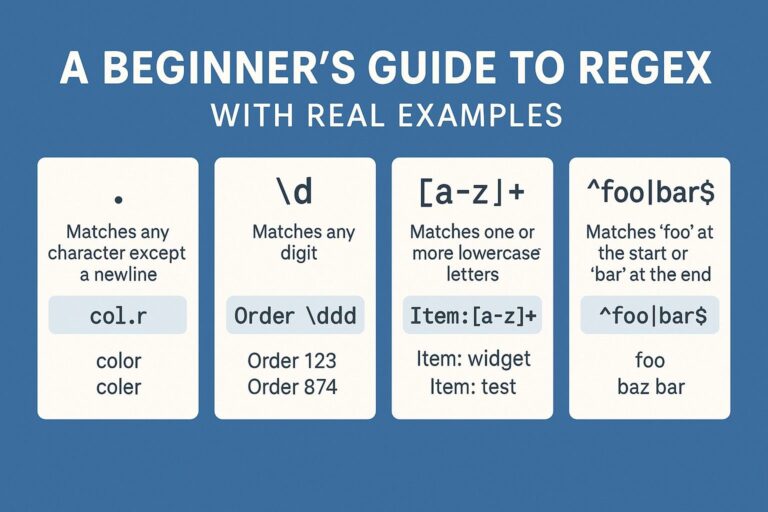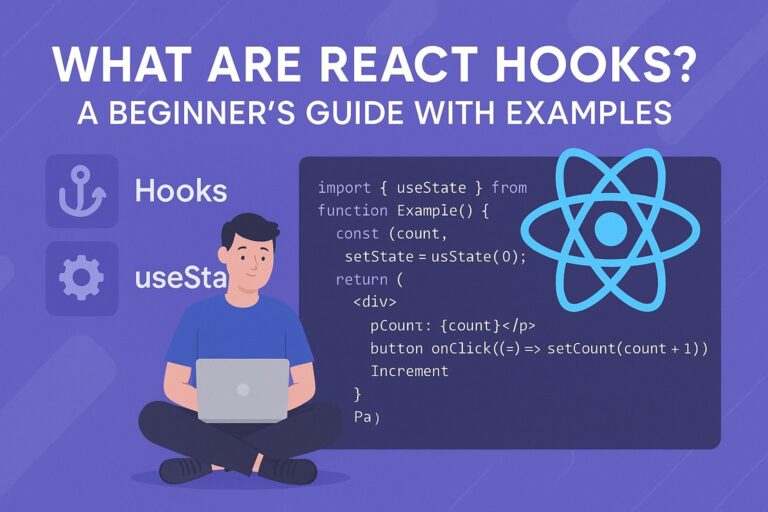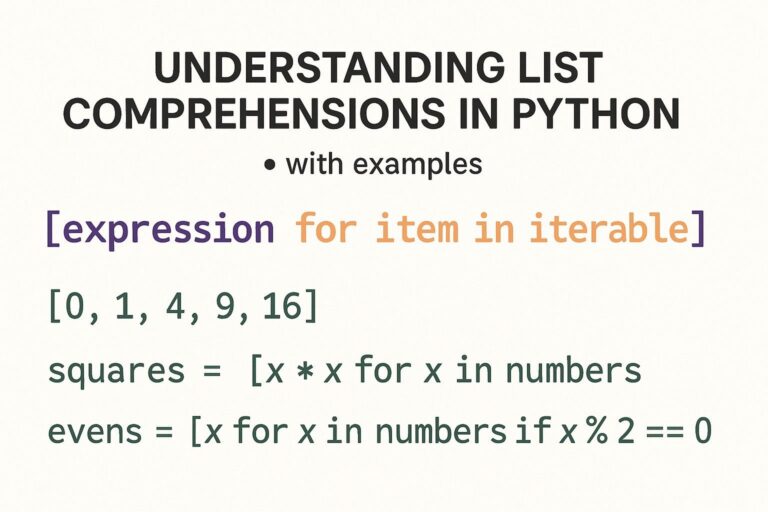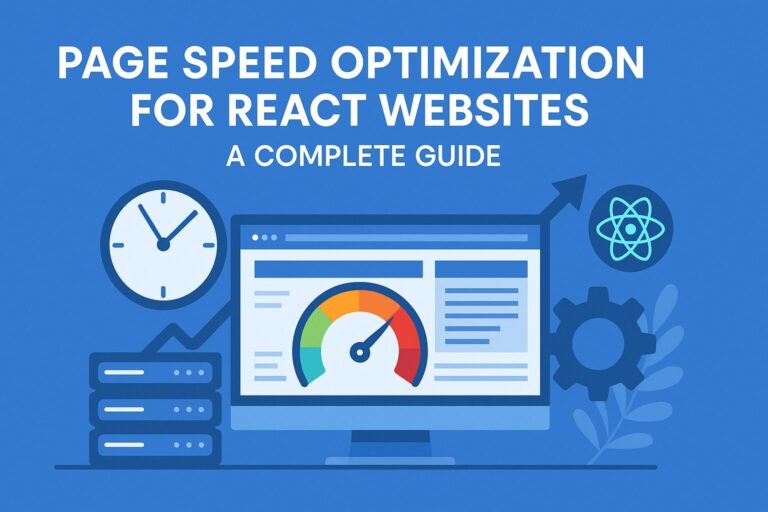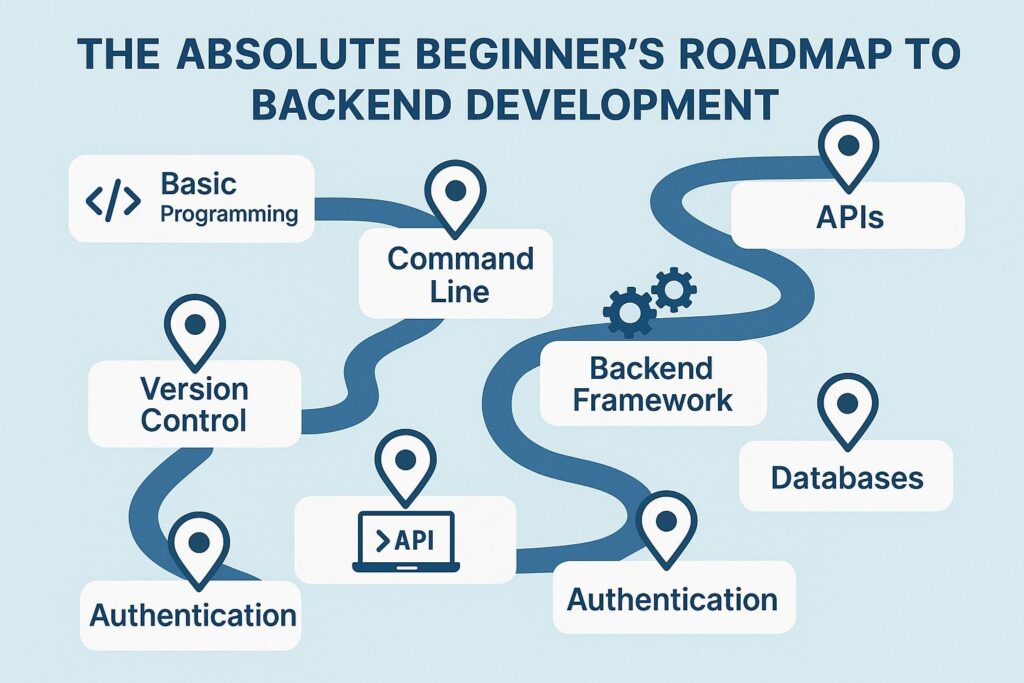
If you’ve ever wondered how websites store data, manage user authentication, or handle complex business logic behind the scenes, the answer lies in backend development.
While frontend development focuses on what users see and interact with, backend development powers everything that happens behind the curtain—from handling database operations to serving APIs and managing servers.
This guide is your complete beginner-friendly roadmap to becoming a backend developer—from the basics to tools, languages, and best practices.
1. Understand What Backend Development Is
Backend development involves creating and maintaining the server-side logic of web applications. It’s responsible for:
- Handling HTTP requests and responses
- Managing databases and data models
- Implementing business rules
- Ensuring security and authentication
- Interacting with external services or APIs
In essence, it’s about making sure everything works correctly behind the scenes when a user clicks a button or submits a form.
2. Learn the Fundamentals of Web and Networking
Before diving into code, you should understand how the web works:
- How the Internet works
- Client-server model
- HTTP/HTTPS
- RESTful APIs
- DNS, IP, and domain names
Having a clear idea of how clients and servers communicate will help you understand backend operations better.
3. Choose a Programming Language
Pick one language to start your backend journey. The most common ones include:
- JavaScript (Node.js) – Great if you’re familiar with frontend JavaScript
- Python – Simple syntax, widely used in startups and data-driven projects
- Java – Strongly typed and used in enterprise applications
- C# (.NET) – Common in corporate environments
- PHP – Still used in many CMS-based platforms like WordPress
- Go (Golang) – Lightweight and performant for modern backends
- Ruby – Easy to read and used with Rails for fast development
Recommendation for beginners: Start with JavaScript (Node.js) or Python (Flask/Django).
4. Learn a Web Framework
Frameworks speed up development by providing structure and built-in functionalities.
Popular Frameworks by Language:
- Node.js: Express.js, NestJS
- Python: Django, Flask, FastAPI
- Java: Spring Boot
- C#: ASP.NET Core
- Go: Gin, Echo
- Ruby: Ruby on Rails
Start by building a simple CRUD app (Create, Read, Update, Delete) to practice routing and database operations.
5. Understand and Work With Databases
Backend developers must know how to work with databases to store and retrieve data.
Types of Databases:
- Relational (SQL): MySQL, PostgreSQL, SQLite
- Non-relational (NoSQL): MongoDB, Firebase, Redis
Concepts to Learn:
- Tables, rows, and columns (SQL)
- Schemas and indexes
- CRUD operations
- Joins and relationships
- Data modeling
- SQL queries and query builders
Start with PostgreSQL or MongoDB.
6. Learn RESTful API Development
APIs allow the frontend to communicate with the backend. As a backend developer, you must:
- Design RESTful endpoints (
GET,POST,PUT,DELETE) - Understand routing and URL structure
- Handle status codes and error responses
- Use tools like Postman or Insomnia for testing
Later, explore GraphQL as an alternative to REST.
7. Implement Authentication and Authorization
Learn how to secure your application:
- Session vs Token-based Auth
- JWT (JSON Web Tokens)
- OAuth2 / Single Sign-On (SSO)
- Role-based access control (RBAC)
Security is a non-negotiable part of any production-grade backend.
8. Dive into Deployment & DevOps Basics
It’s not enough to build apps—you should know how to deploy and maintain them.
Learn:
- Version Control: Git & GitHub
- Hosting Platforms: Heroku, Vercel, Netlify, Render, or VPS (e.g., DigitalOcean)
- CI/CD Pipelines: GitHub Actions, GitLab CI
- Containerization: Basics of Docker
- Basic Linux Commands
Eventually, learn how to scale and monitor applications using tools like Nginx, PM2, or Kubernetes.
9. Explore Advanced Topics
Once you’re comfortable with the basics, move on to more advanced backend topics:
- Caching (Redis, Memcached)
- Background jobs and queues (e.g., BullMQ, Celery)
- Rate limiting and throttling
- File uploads (e.g., Multer or Cloudinary)
- WebSockets and real-time communication
- API rate limiting and error handling
- Microservices vs Monolithic architecture
- Database optimization and indexing
10. Build Projects
Apply everything you’ve learned by building real-world applications:
- Blog platform with admin panel
- Authentication system with JWT
- E-commerce backend with shopping cart & payments
- RESTful or GraphQL API for a task management tool
- Chat app using WebSockets
- Backend for a mobile app (with a Flutter/React Native frontend)
Projects are the best way to learn by doing.
11. Learn Testing & Best Practices
Backend code should be reliable and maintainable.
- Unit and integration testing (e.g., Jest, Mocha, Pytest)
- Input validation and error handling
- Environment configuration (
.envfiles) - Clean code and SOLID principles
- API documentation (Swagger/OpenAPI)
12. Join the Community & Stay Updated
- Follow developers on Twitter or LinkedIn
- Read backend-related blogs and documentation
- Join GitHub projects or contribute to open source
- Ask questions on Stack Overflow or Reddit
- Keep learning with platforms like freeCodeCamp, Codecademy, Udemy, or YouTube
Final Thoughts
Backend development may seem overwhelming at first, but it’s a highly rewarding and in-demand skill set. By mastering how data flows, how servers work, and how applications scale, you become the backbone of any tech product.
Start simple, stay consistent, and build projects along the way. With time, practice, and the right mindset, you’ll go from a beginner to a confident backend developer ready to build robust, scalable systems.

I’m Shreyash Mhashilkar, an IT professional who loves building user-friendly, scalable digital solutions. Outside of coding, I enjoy researching new places, learning about different cultures, and exploring how technology shapes the way we live and travel. I share my experiences and discoveries to help others explore new places, cultures, and ideas with curiosity and enthusiasm.

